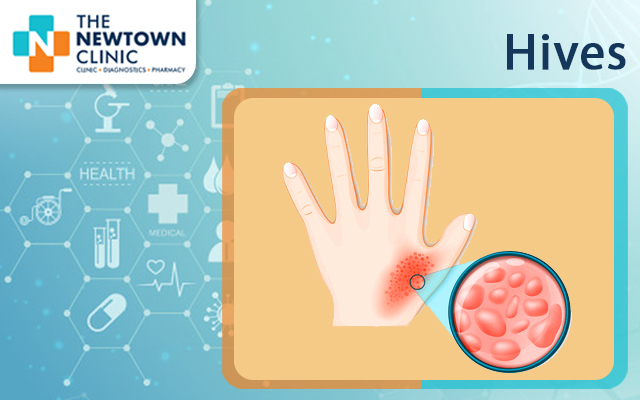When there is an outbreak of swollen, pale red bumps or plaques on the skin, it is known as hives, also known as urticaria. This condition often happens suddenly and a major reason behind it is the body reacting to certain allergens. You will normally have itching due to hives and may also have burning or stinging sensations. Hives can develop anywhere in our body. This condition has two types, acute and chronic. A dermatologists in Salt Lake treats many patients of hives.
Causes
An allergic reaction to something you encountered or swallowed normally causes hives. Your body begins to release histamines into the blood when there is an allergic reaction. Your body tries to defend itself against outside attacks and infections. This makes it to release histamines. Some people can suffer from itching, swelling and other symptoms of hives due to the release of histamines. According to skin specialist in Salt Lake, allergens like food, pollen, medications, animal dandler and insect bites also often cause hives.
Sometimes, circumstances also play an important role in the development of hives. If you suffer from stress, illness and infections you can also get hives in your body. If you have irritation from excessive sweating or have exposure to hot or cold temperatures, you have the risk of developing hives.
Types of hives
Hives from allergic reactions
As per the opinion of a dermatologist in Salt Lake, the most common hives are those from allergic reactions. The following allergens can cause these:
- Foods
- Pollen
- Pet dander
- Insect bites or stings
- Dust mites
- Medications
Anaphylaxis
A severe, life-threatening condition is anaphylaxis. Breathing difficulties, severe swelling, nausea and dizziness occur along with hives.
Chronic hives
There may not be an identifiable cause in the cases of chronic hives. The hives tend to recur in this condition.
Dermatographism
This is a type of acute hives, which is considered mild. The causes are continuous pressure on the skin or excessive scratching.
Temperature-induced hives
According to dermatologists in Salt Lake, people who are sensitive to changes in temperature may develop these hives during such changes. Some examples are solar hives from exposure to sunlight, exercise-induced hives from body heat due to physical activity and cold-induced hives from exposure to cold air or water.
Infection-induced hives
These hives can happen due to viral and bacterial infections. Urinary tract infections and strep throat are some common bacterial infections. Some hives happen due to viruses causing hepatitis, mononucleosis and colds.
Diagnosis and treatment
A skin doctor in Salt Lake will figure out what is the cause of hives in your case. He/she will carry out a thorough physical examination. You may also need to undergo some blood tests or skin tests. He/she may prescribe you antihistamines if you have a mild case of hives. You need to avoid hot water and irritating the area. It may give you relief if you take a bath in cool or lukewarm water with baking soda. The doctor may prescribe other drugs also if taking antihistamines does not give the desired results.

